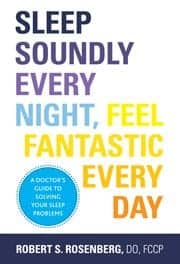The prevalence of mild sleep-disordered breathing in young children may fluctuate seasonally, suggests a research abstract presented at SLEEP 2010.
Results indicate that in summer and fall the prevalence of mild sleep-disordered breathing in elementary-school children increased steadily from June (21.6%) through September (37.2%) and then decreased from September through November (6.3%). Controlling for potential confounders such as age, body mass index, gender, and race showed that the odds of mild sleep-disordered breathing in every month was significantly lower than in September.
"What surprised us most was the dramatic impact that season had on the prevalence of SDB," said principal investigator Edward Bixler, PhD, professor and vice chair for research in the department of psychiatry at Penn State University, Hershey. "The results are significant because they underscore the importance of evaluating a child’s sensitivity to seasonal allergies when diagnosing and treating a child for SDB."
The study involved a random sample of 687 children in grades K-5. Their parents completed a brief questionnaire, and each child was evaluated between June and November during an overnight sleep study in the sleep laboratory. Mild sleep-disordered breathing was defined as having an apnea-hypopnea index (AHI) of one to five breathing pauses per hour of sleep.
The researchers added that the results may have implications for the development of pharmacologic treatment strategies for mild sleep-disordered breathing in children.



